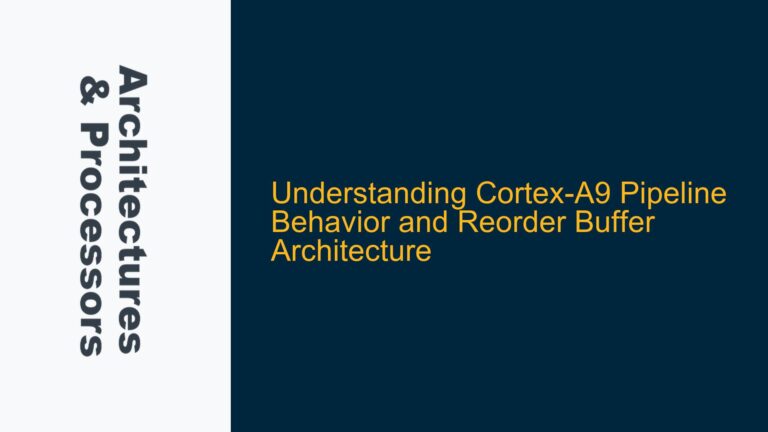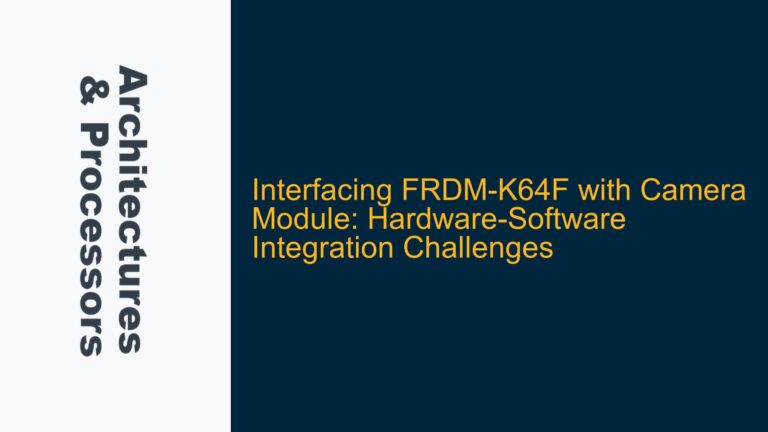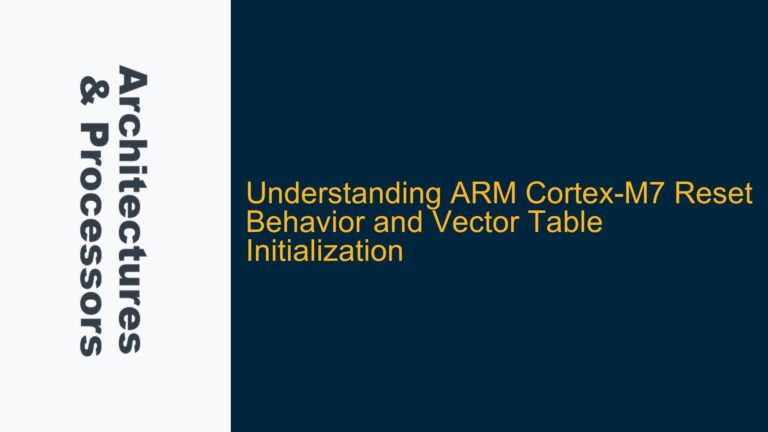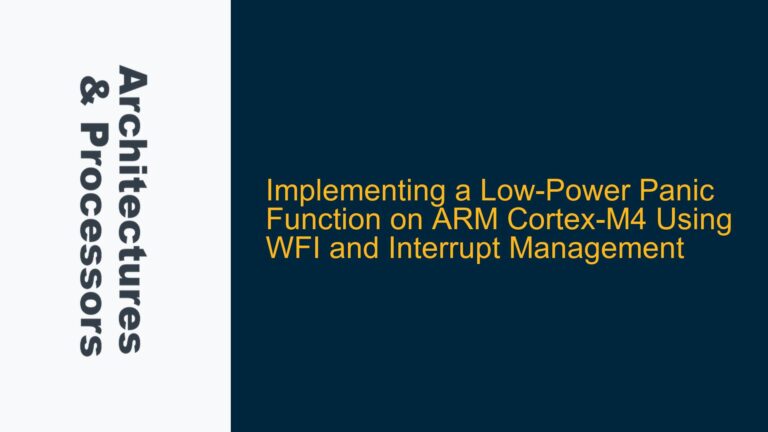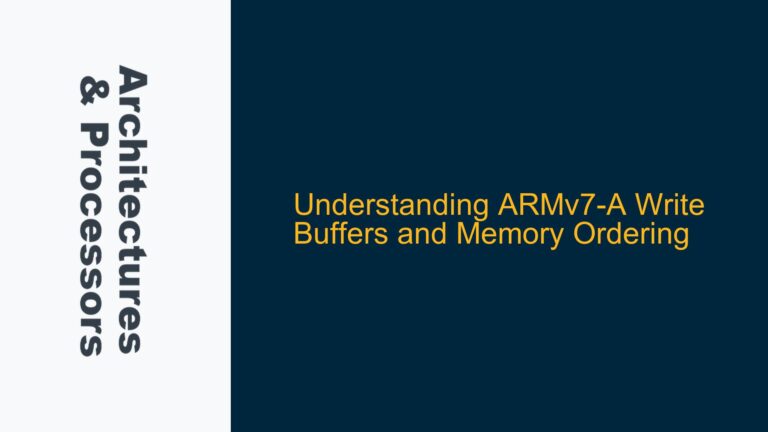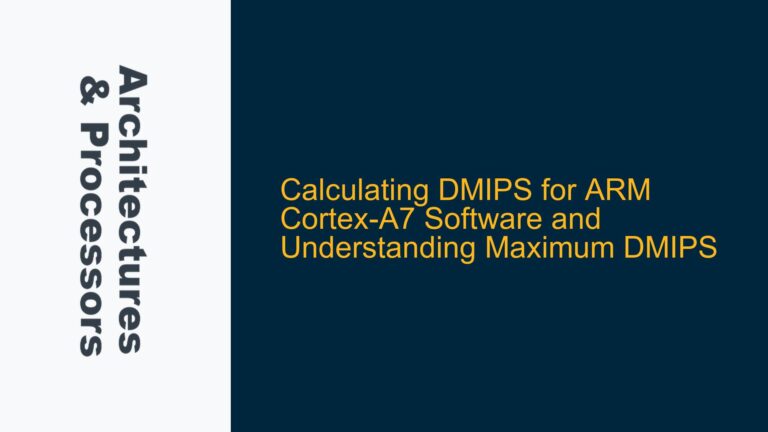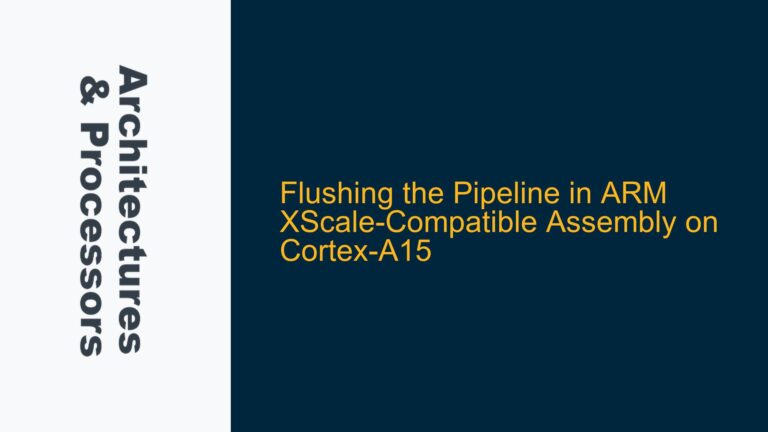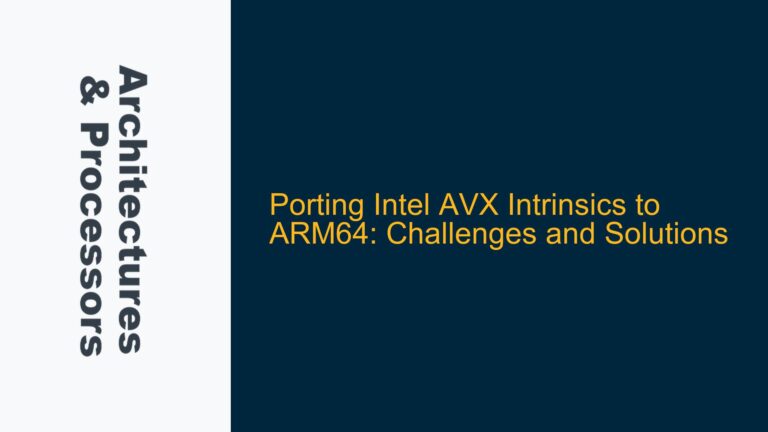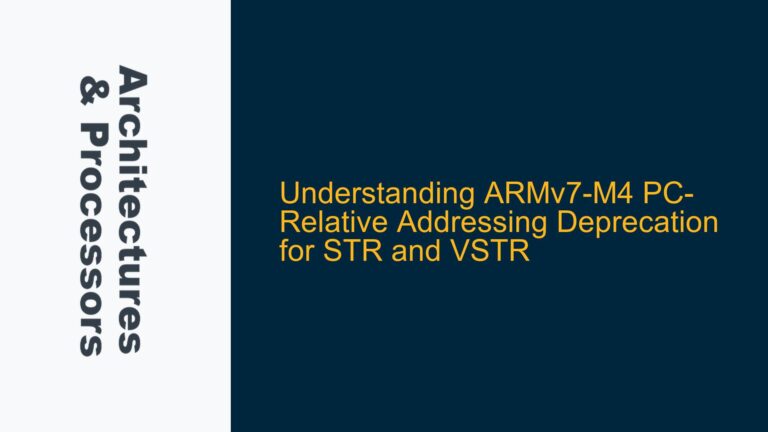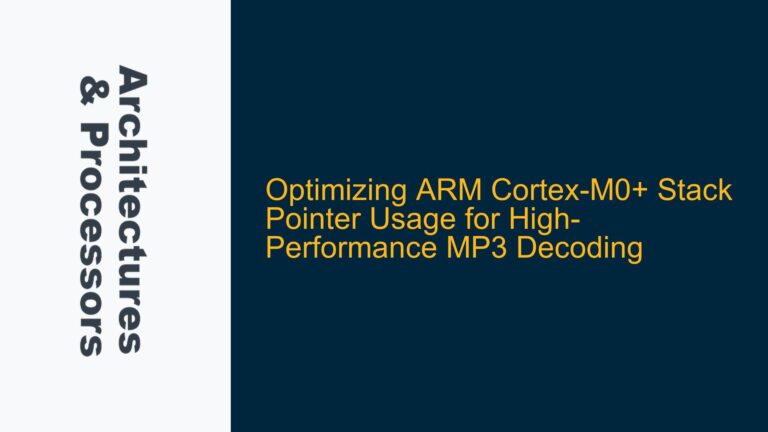Cortex-A9 Pipeline Behavior and Reorder Buffer Architecture
Cortex-A9 Out-of-Order Execution and Register Renaming Mechanisms The Cortex-A9 processor, a member of ARM’s Cortex-A series, is designed with an out-of-order execution pipeline that enhances performance by allowing instructions to be executed in an order different from their program sequence. This capability is crucial for maximizing throughput, especially in scenarios where certain instructions are stalled…
